Although it’s a rarity, sharks do attack and/or bump into kayaks. It can be a truly frightening experience, especially for those who have never seen or been around sharks.
Out of thousands of shark attacks, only less than a hundred were on kayaks. In fact, according to the Global Shark Attack File, only 21 attacks have been recorded since the early 1900s!
It would be a kayaker’s worst nightmare to all of a sudden be face-to-face with an apex predator. Although smaller sharks, such as spinners or hammerheads have also been known to attack kayaks, the majority of these attacks are from great whites, tigers, or bull sharks.
Why Do Sharks Attack Kayaks?
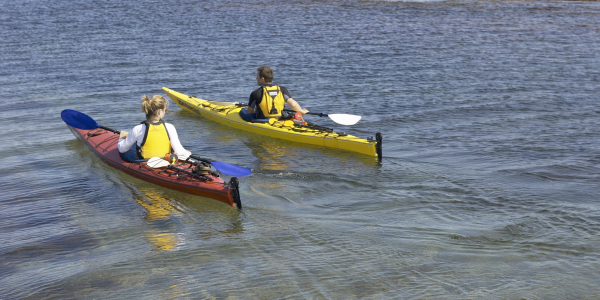
It would help kayakers to understand why a shark would want to attack or bump into their kayak. Some sharks are territorial and will be aggressive if they feel like you are a competitive threat in their feeding area.
Others are mainly just curious and will bump into your boat to figure out what you are. They may also mistake you for prey or if you’re fishing from a kayak, you’re catching their prey, so they’re drawn to you in that way.
Understanding what attracts sharks can keep you safe while you’re out on the water. If you follow some basic safety rules, you’ll be able to have a good time without worrying about getting hurt, or worse.
Which Sharks Are Most Responsible For Kayak Attacks?
Most kayak shark encounters/attacks come from great whites, tigers, bulls, and hammerheads. These sharks can be as long as your kayak, and many are even bigger. You would be no match for them if they really wanted to cause you harm.
While it’s rare to experience an actual attack, it’s important to know how to stay safe in order to minimize your risk of being injured.
There are several species of sharks that have been known to be involved in kayak attacks. These include the Great White, Bull Shark, Tiger Shark, Oceanic Whitetip Shark and Hammerhead Sharks. Let’s get to know a little more about each of these sharks below.
#1. Great White Sharks
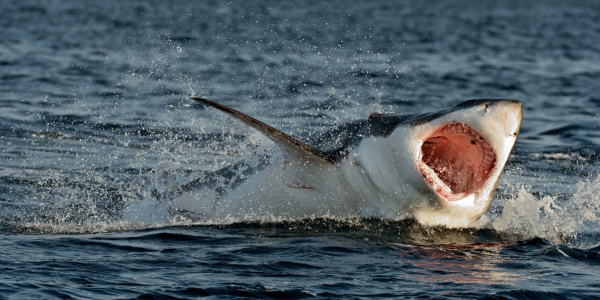
Great White is the most dangerous and responsible for the majority of attacks on kayakers. Other species may attack out of curiosity or defense, but this species is known to be particularly aggressive and attack humans for food.
#2. Bull Sharks
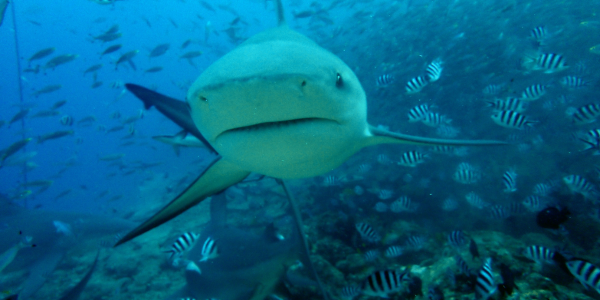
Bull sharks are also a common culprit of kayak attacks. They tend to lurk in shallow waters and can quickly strike unsuspecting victims when they come too close. They are powerful predators that have been known to attack both boats and kayaks.
#3. Tiger Sharks
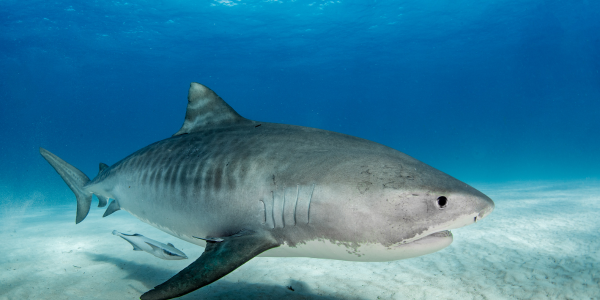
Tiger sharks are one of the most unrelenting species of sharks. They have sharp, serrated teeth that can easily tear through a kayak and its occupants. They often hunt in groups, so they pose an even greater threat when more than one is present.
#4. Oceanic Whitetip Sharks
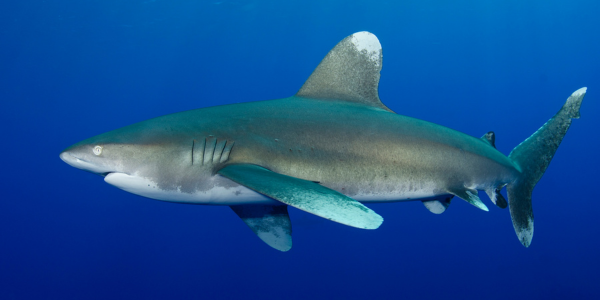
The oceanic whitetip shark is another species of shark that has been known to attack kayakers. They are usually found in deeper offshore waters but can also be spotted close to shorelines and around reefs. This species often attacks from below, making an unsuspecting kayaker more vulnerable to attack. They became notorious after they attacked a whole group of people in the historic World War II shipwreck, the USS Indianapolis.
#5. Hammerhead Sharks
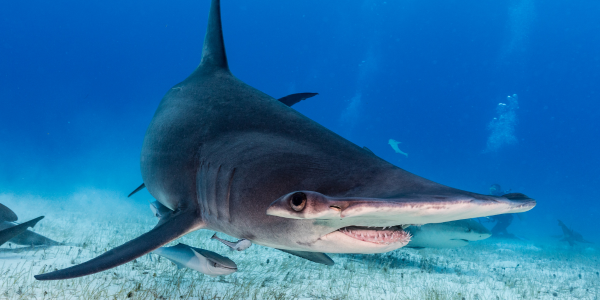
The hammerhead is a species of shark that has been known to attack kayakers. This species often lingers around coral reefs and shallow waters which can make them more dangerous to unsuspecting victims as they come too close. The long, flat head can easily inflict serious damage on unsuspecting victims.
Each of these species of shark are known to be responsible for kayak attacks, but the degree to which each is involved varies. Great Whites tend to be the most dangerous and cause the majority of kayak-related fatalities, while other species may attack more out of curiosity or defense.
Safety Tips For Kayaking In Shark Infested Waters
1. Sharks are one of the biggest threats when kayaking on the ocean, and even rivers if they are both connected. You should avoid areas that are known for high shark activity, and if you do chance it, try to refrain from a lot of splashing. Splashing attracts sharks because they’re curious and also because injured fish splash around, and it could be an easy meal for them.
2. Always pay attention to your surroundings for potential signs of danger, like fish jumping out of the water, or a lot of splashing if it’s not from you. Listen to your intuition; if something doesn’t feel right, you may want to move somewhere else or head to shore.
3. It’s a good idea to have some company while you’re kayaking, if only for safety. However, if you plan to go alone, you may want to carry a whistle or something else that lets others know you need help.
4. You should never use an inflatable kayak out on the sea, unless you’re very close to shore, and maybe not even then. A shark’s teeth are extremely sharp and will make short work of your kayak.
5. If you plan to fish on your kayak where there are also sharks, try to reel in your catch as carefully as possible. Don’t hang the fish over the edge of the boat or have your hands in the water while trying to unhook them. Be on the lookout for any other movement in the water and be prepared for the possibility of a run in with a shark simply because you are fishing for their prey. If a shark is being too aggressive and won’t stop hanging around, it would be best to come out another day.
There are plenty more tips you can read about how to avoid shark attacks here (by the Florida Museum).
Additionally, you may be interested in reading about how to stay safe from alligator and crocodile attacks while kayaking.
Final Thoughts
There is no guarantee that no matter how many safety precautions you abide by, that you will not be attacked by a shark while you’re kayaking. However, you can feel some comfort in knowing that shark attacks on kayakers are rare, and that if you put safety measures in place, it can avoid any serious event while you’re trying to enjoy a day of fun on your boat.
Another thing that might help is to learn how certain sharks behave so you can read when there is true danger awaiting you. One bad sign would be a shark circling around your boat, which usually means an attempted attack might be imminent.
Learning about shark behavior, taking safety precautions seriously, and paying attention to the environment will all combine to greatly reduce the risk of a dangerous shark encounter while you’re kayaking.
